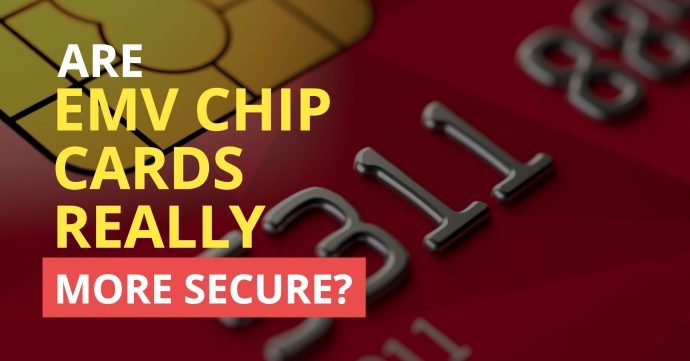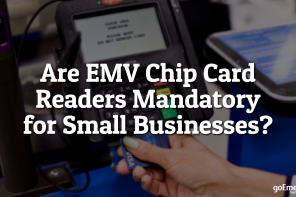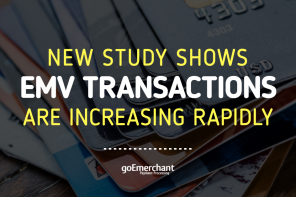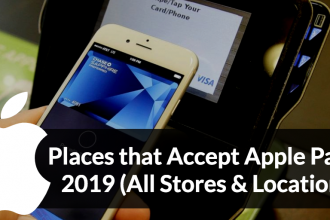By now, your old debit or credit card has probably been replaced with a new EMV chip card. Your new card, with the small, metallic square on the front, is a huge step forward in the fight against credit card fraud.
So what does the chip actually do? And is it really more secure?
We’ve provided answers to some of the common questions we always hear regarding EMV chip cards and EMV technology.
Are EMV Chip Cards Really Safer?
Yes, they really are more secure. The small metallic square you see on new cards is actually a computer chip that secures your data. It’s also what sets it apart from the old generation of cards.
So how does that little microchip inside your card provide you with additional safety measures?
Traditional cards have a magnetic stripe that is swiped through a card reader. The data stored on that black stripe never changes, making it relatively easy to steal. If a hacker obtains the information on the magnetic stripe, he can then duplicate it as many times as he wants.
With EMV chip cards, the data stored on the chip constantly changes. The small metallic square on the front is actually a computer chip that creates a new transaction code every time a purchase is made. The code can only be used once, so even if a hacker obtains it, he can’t use it to make additional transactions.
If EMV Chip Cards Are So Much Safer, Will They Completely Eliminate Fraud?
Although chip cards won’t do away with fraud altogether, they should greatly decrease it. Over the past decade, hackers have targeted countries such as the United States where chip cards weren’t in use. Now that the United States has implemented this new technology, hackers will find it increasingly difficult to steal credit information and may focus their attention elsewhere.
How Do They Affect Purchasing?
The only obvious change for consumers is how the card is physically used to make a purchase. Instead of being swiped, it’s inserted into a slot. While it’s inside the slot, data runs between the chip and the financial institution that issued the card. Once the transaction is completed, you should remove your card from the slot.
What About Online Shopping?
You can use your chip card online and over the phone like you always have.
What Is the Chip Card’s Official Name?
It’s actually called an EMV card. EMV stands for Europay, MasterCard and VISA. EMV cards have been used for years in other countries but have only recently made their way to the United States.
What Took So Long for The United States to Make the Change to EMV?
It costs billions of dollars to replace magnetic stripe cards with chip cards, and that doesn’t take into account the millions of card readers that merchants needed to replace to accept the new chip cards. However, when the expense of credit card fraud is taken into consideration, the upfront costs are quickly offset.
What About Debit Cards?
Debit cards have also become chip cards, and most issuers have already made the switch. However, since banks had to update their software to handle the new chip debit cards, their rollout has progressed a little more slowly than chip credit cards.
What about PINS?
There are two main types of EMV technology: Chip-and-Signature and Chip-and-PIN. The signature function requires a signature to verify transactions, while the PIN function requires a four-digit PIN, just like a debit card.
Most chip cards require a signature instead of a PIN, making them almost identical to traditional credit cards at the time of purchase.
Why Do New Chips Cards Still Have the Magnetic Stripes?
The transition to EMV chip cards isn’t fully complete. Some merchants are still unable to process chip cards because they haven’t updated their systems. Therefore, issuers are keeping the stripes on chip cards so that those merchants can continue accepting credit cards.
However, once the rollout is finished, the magnetic stripe will probably not appear on new cards.
——
If you are a business owner who wants to accept chip cards and achieve EMV compliance, get started by visiting www.goemerchant.com/emv




